Agfa Clack
Beacuse of its simple construction and mass market character, the Agfa Clack is often dismissed as a mere toy camera. Between 1954 and 1965, 1.65 million copies of the camera were spit out by the Agfa-factories in Leverkusen, Germany, selling for 19,50 DM a piece back in the days. The Clack (named after its characteristic shutter sound) is usually categorized as a transitional stage between box- and compact camera and stands out for its exceeding simplicity. The camera features three settings: 3m-∞, sunny; 3m-∞, overcast; and a close-up mode for pictures at a 1 to 3 meter range. In addition, there are connectors for a wire relase and a synchronized flash (which in reality rarely functions synchronically, according to my experience). The single element meniscus lens cannot possible be called a wonder of optical technique, but two design features enable decent image quality nonetheless: first, the large negative size used (6x9 cm), second the beauti-fully smooth curve at the camera's backside, which cleverly compensates for the distortion brought about by the meniscus.
The Clack consists of a plastic lens- and film body and a metal shell coated with 'Reptilienleder-Imitat' (to quote the untranslateable description from the German Wikipediapage). The early version came with a built-in yellow filter that rotated before the lens when choosing the 'sunny'-mode; later models replace this with a larger aperture of about f/16. Normal aperture approximates f/11. Shutter speed must be roughly 1/30 seconds, so a firm hand is definitely a pro in handling the Clack.


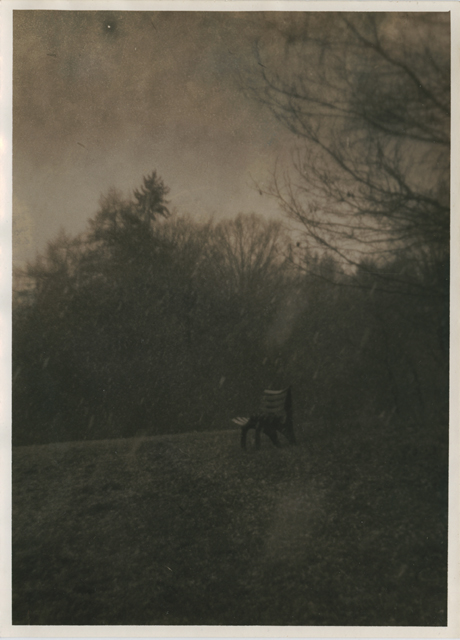
|
![ruben van luijk: [no title]](../plaatjes/20211126-N01as20230228J9web Ruben van Luijk.jpg)
|
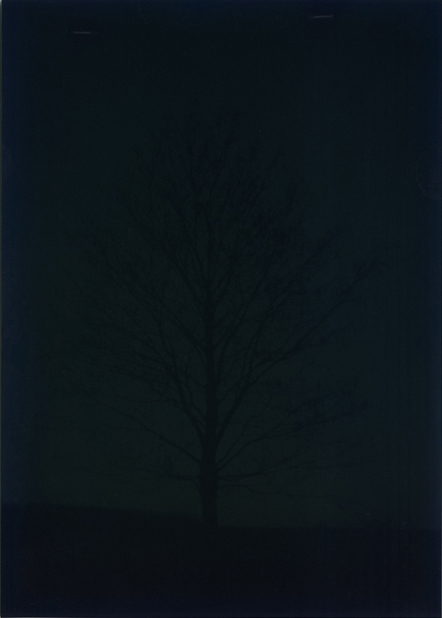
|
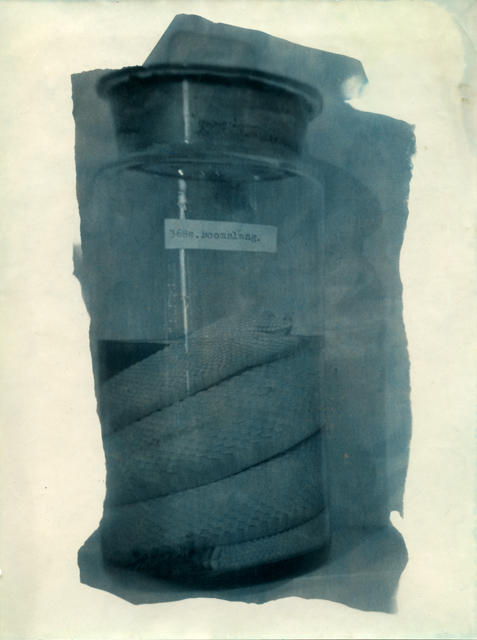
|

|
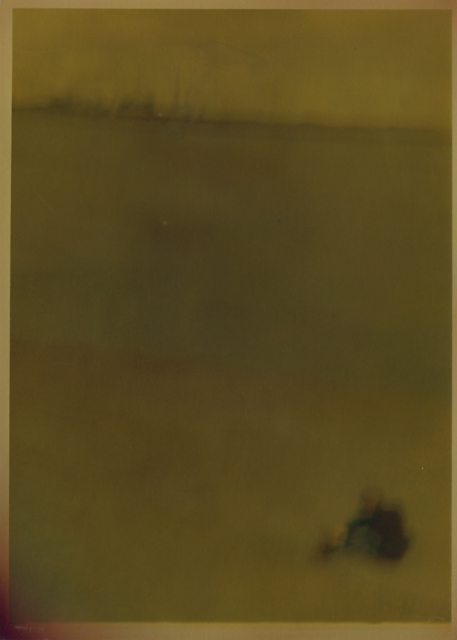
|
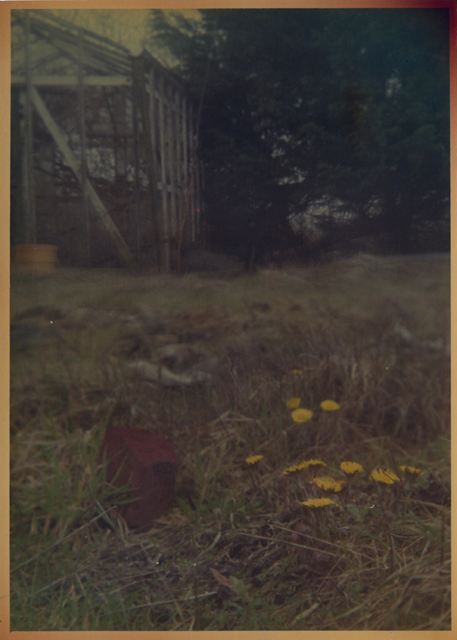
|
